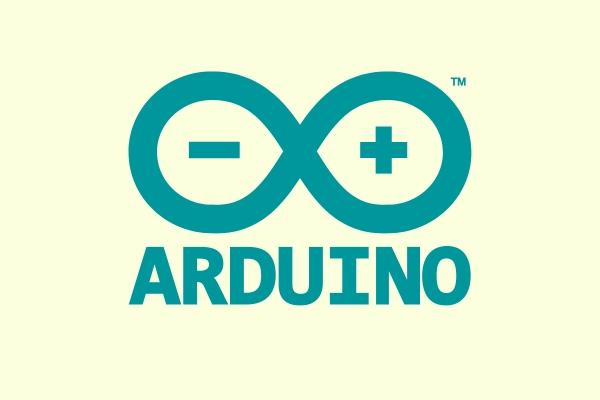There are no items in your cart
Add More
Add More
| Item Details | Price | ||
|---|---|---|---|
4.0 (1 ratings)
Language: ENGLISH
Instructors: Indira
Validity Period: 60 days
Why this course?
Overview
practical exercises and simulation-based projects to reinforce core concepts in autonomous vehicle (AV) design. Drawing on MATLAB and Simulink tools, learners implement scenario modeling, sensor integration, vehicle behavior simulation, and motion planning in urban environments.
Objectives
Simulation Projects
Project 1: Multi-Sensor Vehicle Simulation
Objective: Simulate vehicle sensor fusion using multiple AV sensor models.
Topics Covered:
Project 2: Scenario-Based Motion Planning
Objective: Develop and simulate dynamic driving scenarios with traffic actors.
Tools Used:
Project 3: Object Detection and Tracking
Objective: Implement detection algorithms on urban driving videos.
Features:
Project 4: AV State Logic and Control
Objective: Design vehicle behavior logic using Simulink Stateflow.
Focus Areas:
Final Internship Report Structure
Title Page
Abstract
Introduction
Literature Review
Methodology
Simulation and Results
Discussion
Conclusion
Appendices
After successful purchase, this item would be added to your courses.You can access your courses in the following ways :

 Confirmation Letter
Confirmation Letter
 Internship Reports
Internship Reports
 Resume Building
Resume Building
 Mock Interviews
Mock Interviews

 Tech Mind-Map
Tech Mind-Map

 Certification
Certification